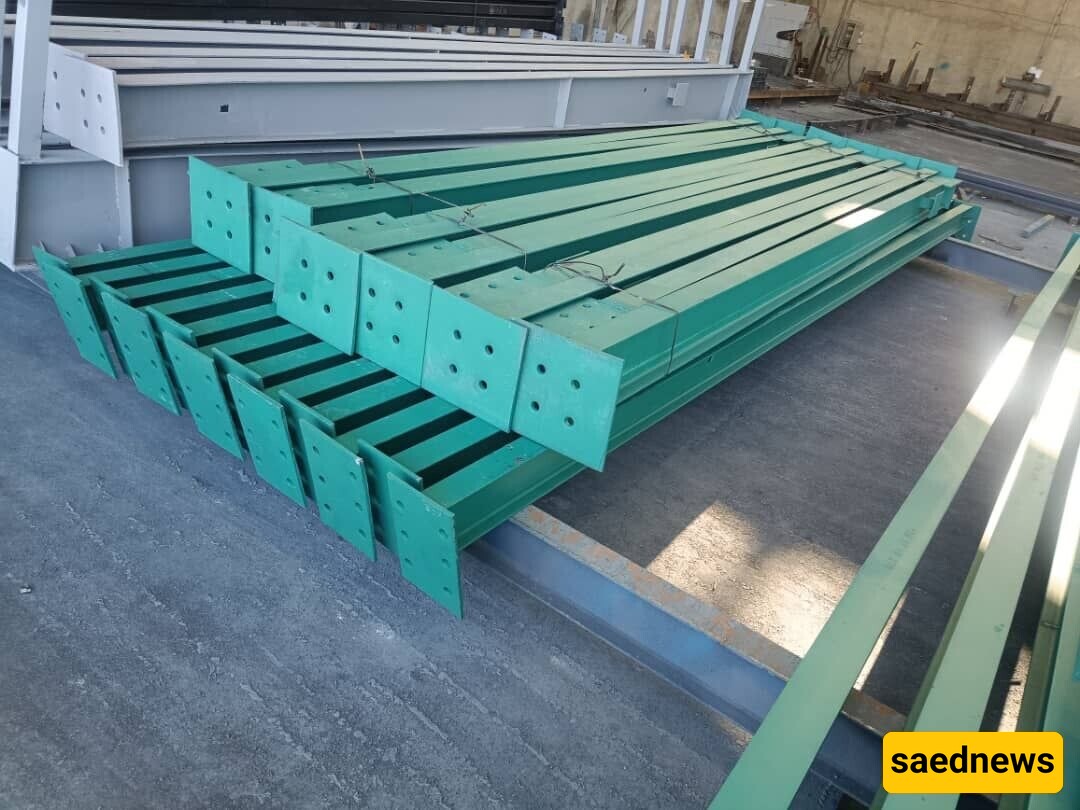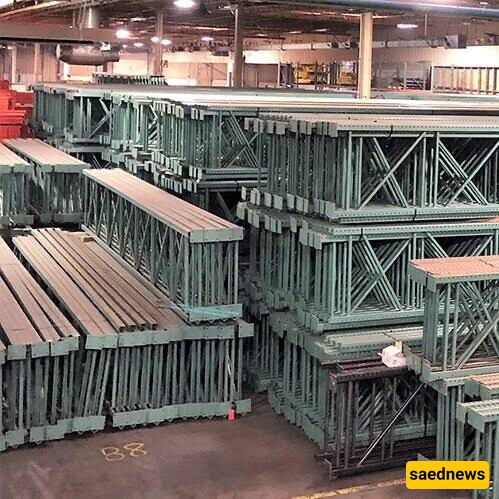With rising inflation and increasing steel prices, the cost of building a warehouse has surged, leading to a growing demand for used warehouses. In this article, we explore the challenges of purchasing a second-hand warehouse, key considerations before buying, and factors to evaluate when opting for a used structure.

For many industrial and storage projects, buying a used warehouse is a cost-effective alternative to constructing a new one. The soaring price of steel has significantly raised the expenses of building from scratch. High production and construction costs, lengthy approval processes, and the need for multiple permits have driven many business owners toward ready-made, second-hand warehouses.
But is this always a smart decision? Before purchasing, it’s crucial to assess the technical condition, hidden costs, and legal issues to avoid unexpected expenses. Let’s examine the main challenges of buying a used warehouse and strategies to reduce risks.
Many businesses and industries have turned to second-hand warehouses to reduce initial investment costs. With rising construction material prices, high building expenses, and the long time required to construct a new warehouse, pre-owned structures have become an attractive option. However, this choice comes with its own set of challenges, which, if overlooked, can lead to technical, financial, and legal complications.
One of the most critical challenges of purchasing a used warehouse is evaluating its structural integrity. Many of these buildings have been exposed to harsh weather conditions, moisture, or heavy loads over the years. Issues such as metal fatigue, rust, welding deterioration, and reassembly complexities must be carefully assessed. Neglecting these factors could result in unexpected repair costs.
Unlike new warehouses that are custom-built to fit project specifications, second-hand warehouses come in fixed dimensions that may not align with your needs. Modifications in width, height, or load-bearing capacity can add extra costs and create construction challenges. In some cases, structural adjustments may not even be feasible due to technical limitations.
Used warehouses are typically dismantled and transported to a new location, requiring skilled labor for proper numbering, transportation, and reassembly. Moving heavy and oversized components can be expensive, and in some cases, transportation and reinstallation costs may outweigh the savings from purchasing a second-hand warehouse.
Another major concern is verifying the legal documentation and ownership records of the warehouse. Some second-hand warehouses may lack proper permits or be located on land with legal disputes. It’s essential to thoroughly check property documents, consult legal authorities, and seek expert legal advice before making a purchase.
While buying a used warehouse may seem cheaper at first glance, hidden costs related to repairs, reinforcements, and upgrades can add up. In many cases, roofing and wall panelsneed replacement, ventilation and electrical systems require inspections, and a new foundation might need to be designed. These additional costs could make purchasing a new warehouse a more practical choice.
That said, if you manage to find a well-maintained second-hand warehouse, the hidden costs will be significantly lower, making it a worthwhile investment.
Warehouses are categorized based on construction type and dimensions. However, only warehouses built using I-beam (Tirvaghi) structures can be effectively dismantled and reused. This type of construction, also known as bolt-and-nut assembly, allows the warehouse to be disassembled and reassembled at a new location.
The most commonly used size is a 20-meter-span warehouse, as it is widely produced due to high demand. By browsing warehouse construction websites or online marketplaces like Divar, you can find a good second-hand model that suits your needs.

With rising construction and material costs, many business owners and industrial investors see second-hand warehouses as a fast and cost-effective solution. While they can be budget-friendly, without thorough evaluation, they can also bring unexpected technical and legal issues. Here are the most important factors to consider before purchasing:
The first and most important step is assessing the warehouse’s structural integrity. Rust, corrosion, welding cracks, and general wear can significantly increase renovation costs. Before purchasing, it’s highly recommended to hire a structural engineer to inspect the beams, columns, and connections.
Since second-hand warehouses come in pre-defined sizes, make sure their width, height, roof design, and load-bearing capacity match your business requirements. Unlike new warehouses, modifications can be costly and sometimes impractical.
Although buying a used warehouse might seem cost-effective, transportation, reinstallation, and repair expenses should not be overlooked. In some cases, these additional costs may make building a new warehouse a better long-term investment.
Some second-hand warehouses may have been constructed without legal permits. Before purchasing, thoroughly review the ownership documents, usage history, and legal permits to avoid future legal disputes.
Buying a second-hand warehouse can be a smart financial decision if done carefully. However, skipping the necessary inspections and evaluations can lead to costly mistakes. If you’re considering this option, make sure to conduct a thorough technical assessment, verify legal documents, and calculate transportation and renovation costs to ensure you’re making a sound investment.

